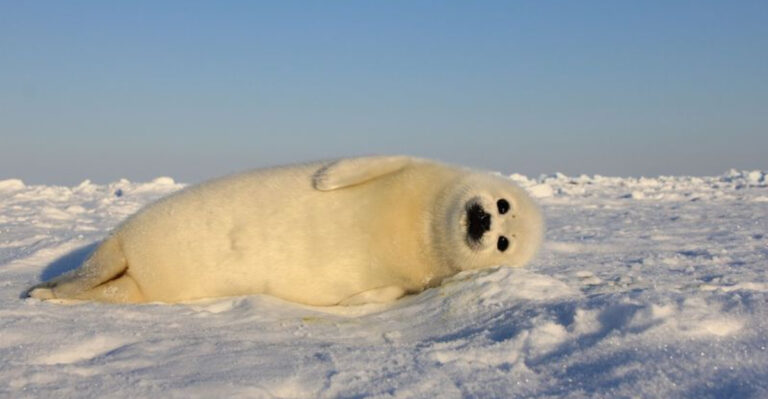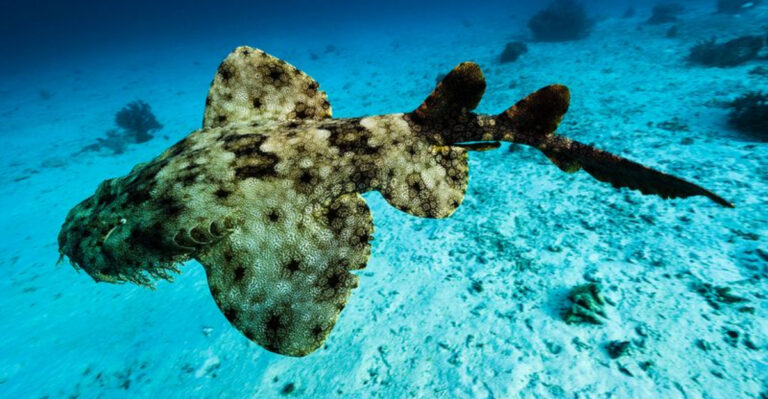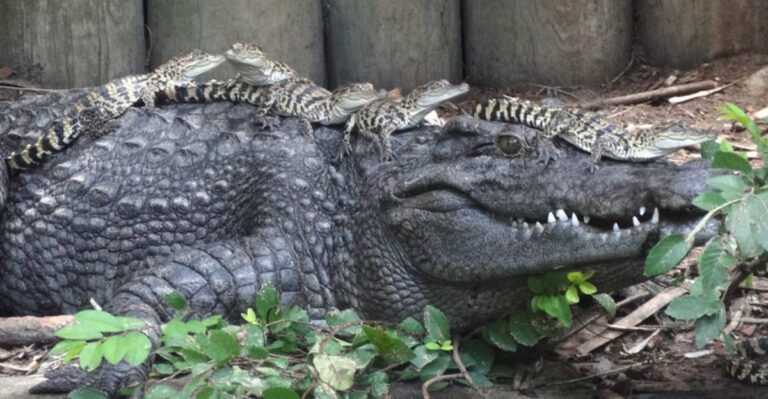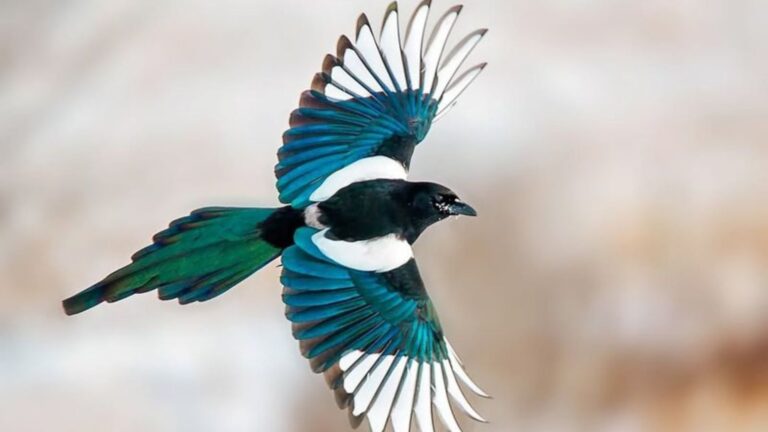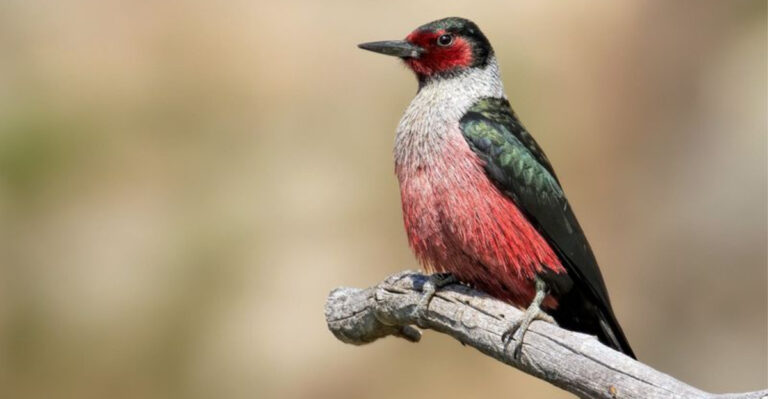This Hidden U.S. Forest Is A Sanctuary For Endangered Birds
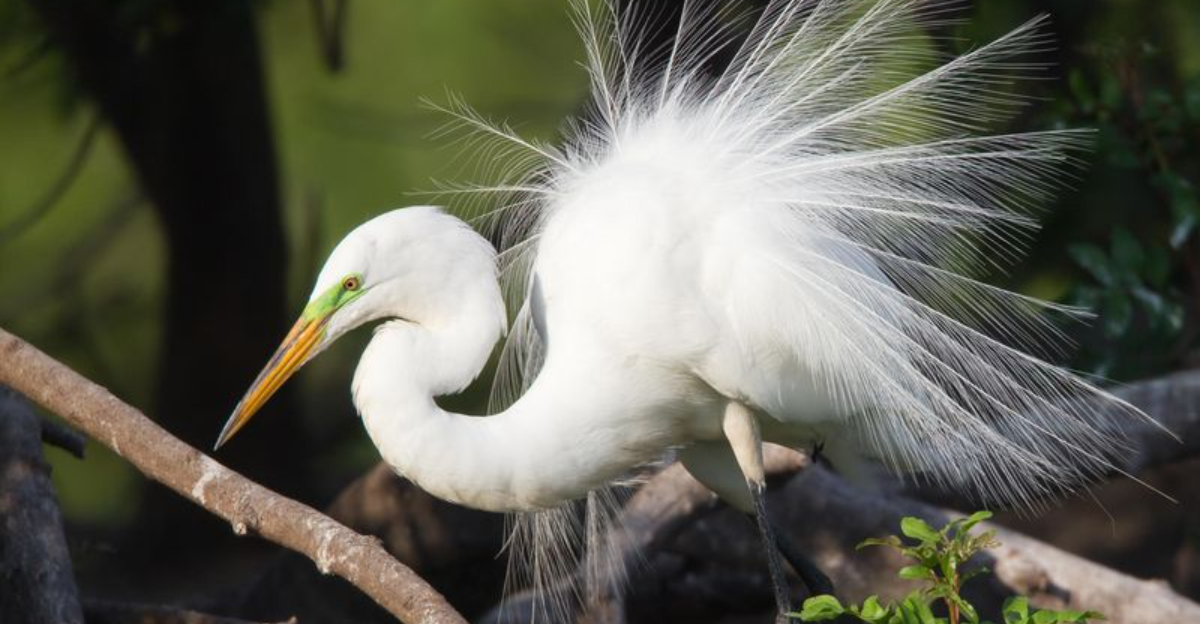
Deep within the Cache River National Wildlife Refuge lies a hidden treasure for bird enthusiasts and conservationists alike.
This extraordinary wetland ecosystem serves as a crucial sanctuary for numerous endangered and migratory bird species.
Recognized internationally for its ecological importance, this forest haven provides essential nesting grounds, food sources, and protection for some of North America’s most vulnerable feathered residents.
Mallard Ducks
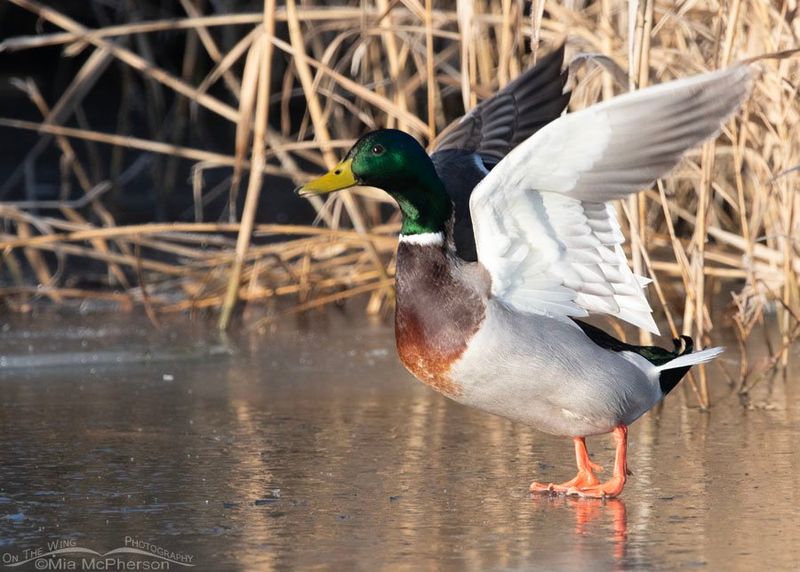
Vibrant green-headed males patrol the refuge’s quiet waters alongside their mottled brown female counterparts. These resourceful waterfowl adapt brilliantly to the changing seasons, finding food and shelter throughout the wetland’s diverse habitats.
Their remarkable ability to thrive in both natural and human-modified environments makes them perfect ambassadors for wetland conservation efforts.
Northern Pintails
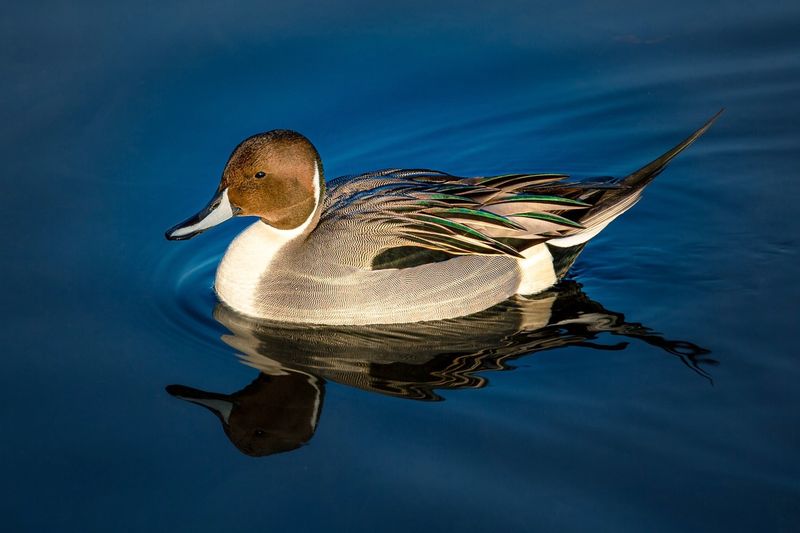
Graceful silhouettes glide across dawn-lit waters, their distinctive long necks and pointed tails creating unmistakable profiles. Males sport chocolate-brown heads contrasting with white necks and grayish bodies.
Monogamous during breeding season, these elegant ducks form strong pair bonds while navigating the refuge’s complex waterways, demonstrating remarkable navigation skills during seasonal migrations.
Wood Ducks
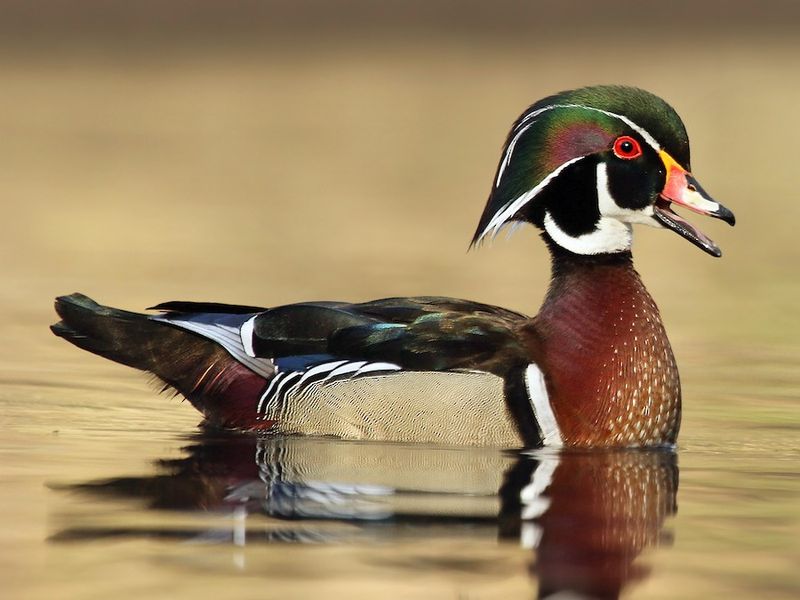
Rainbow-hued jewels of the forest, wood ducks bring spectacular color to the refuge’s wooded swamps. Males flaunt iridescent green crests and burgundy chests that seem almost too flamboyant for their secretive nature.
Masterful flyers, they weave through dense tree canopies with astonishing agility. Their chicks perform death-defying leaps from nest cavities within 24 hours of hatching!
Canvasbacks
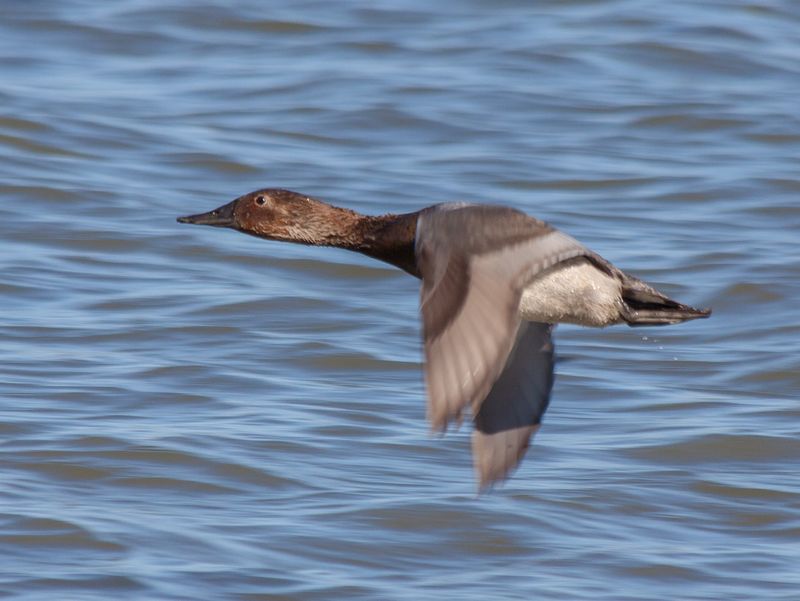
Speed demons of the duck world, canvasbacks slice through air with powerful wings and distinctive sloped profiles. Their rusty-red heads and necks contrast dramatically with canvas-white bodies, creating striking silhouettes against refuge wetlands.
Expert divers, they plunge beneath the surface in search of aquatic plants, particularly wild celery roots that give their meat a delicate, sought-after flavor.
Redheads
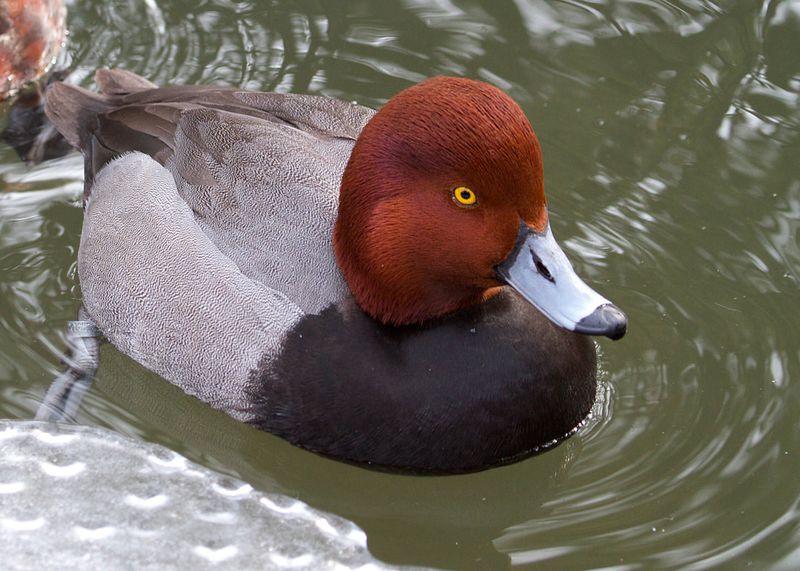
Copper-crowned beauties gather in impressive flotillas across open waters, their rich auburn heads glowing like burnished metal in morning light. Unlike many duck species, redheads often practice “nest parasitism,” laying eggs in other ducks’ nests.
Social by nature, they form tight-knit communities within the refuge, creating spectacular synchronized flight patterns that mesmerize lucky observers during migration seasons.
Blue-Winged Teal
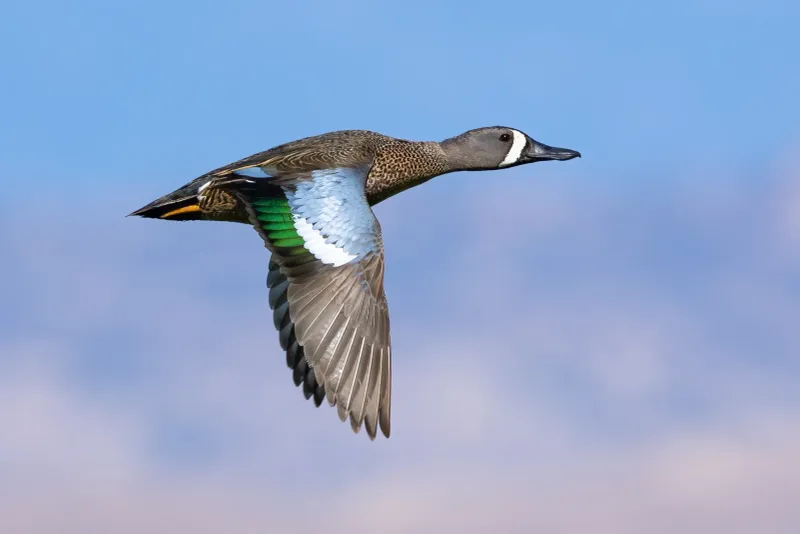
Early birds of migration, these compact travelers arrive when ice still clings to northern waters. Males showcase powder-blue wing patches and distinctive white facial crescents that catch the light during courtship displays.
Remarkably agile flyers, they zip through the air with quick, erratic movements. Their preference for shallow wetlands makes the refuge’s diverse habitats perfect for their breeding and feeding needs.
Green-Winged Teal
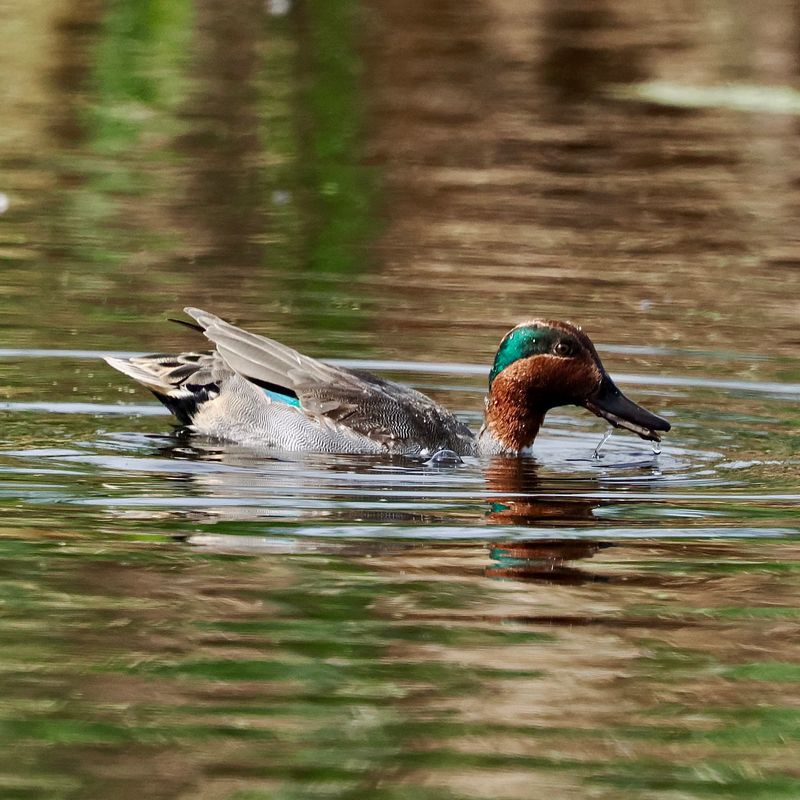
Pocket-sized wanderers, these diminutive ducks pack impressive endurance into their tiny frames. Males flash emerald wing patches and chestnut heads adorned with iridescent green bands stretching from eye to nape.
Masters of quick takeoffs, they burst from water surfaces almost vertically when startled. Despite weighing just over half a pound, these mighty mites migrate thousands of miles between breeding and wintering grounds.
Snow Geese
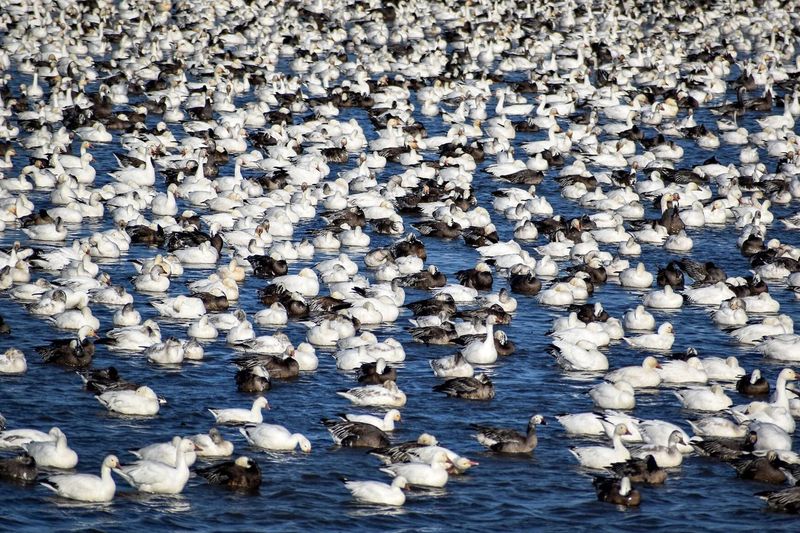
Winter skies transform into living canvases when thousands of snow-white bodies with jet-black wingtips descend upon the refuge. Their calls create a cacophony that echoes across the wetlands, announcing seasonal arrivals.
Family units remain together through migration and winter, teaching young goslings ancient flight paths. Their massive gatherings create breathtaking wildlife spectacles that draw visitors from across the country.
Ross’s Geese
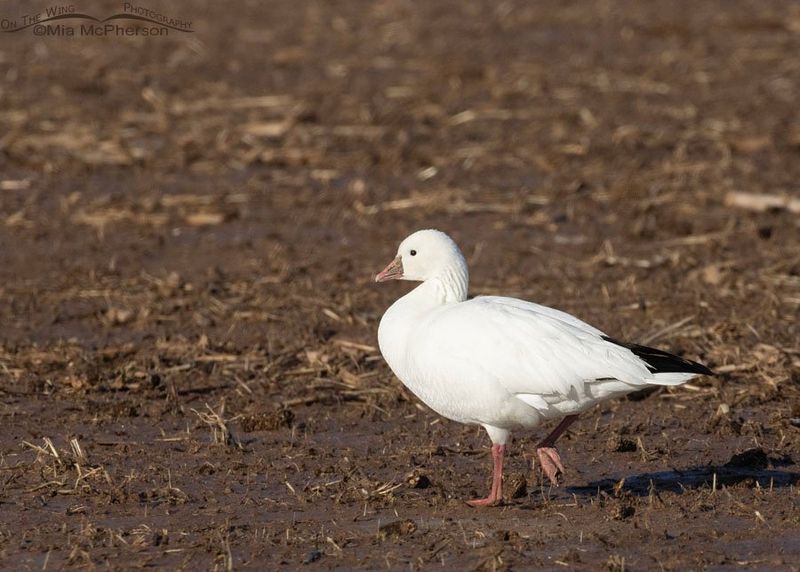
Miniature doppelgängers of their snow goose cousins, Ross’s geese bring delicate charm to the refuge’s winter gatherings. Their stubby bills and rounded heads give them an endearing, almost toy-like appearance among larger waterfowl.
Sharp-eyed birders spot them mixed among snow goose flocks, appreciating their subtle differences. Population recovery success makes them conservation celebrities after nearly disappearing in the early 20th century.
Canada Geese
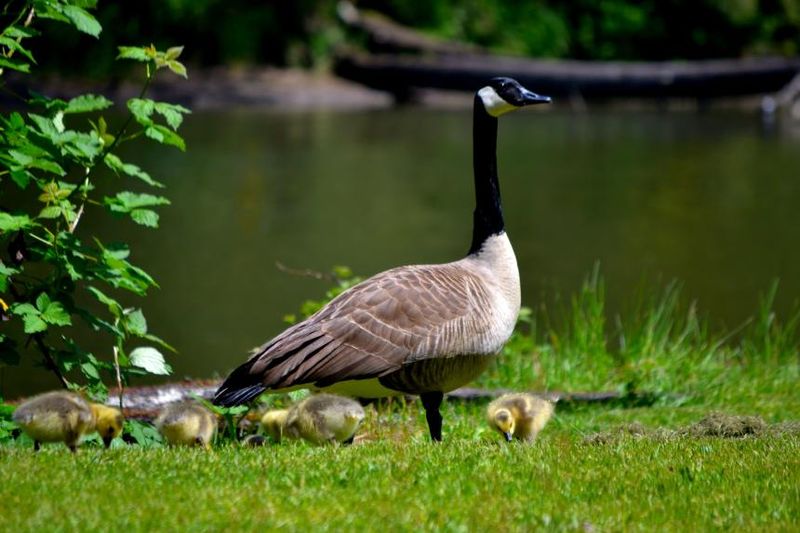
Familiar sentinels with distinctive black necks and white cheek patches patrol the refuge’s waters year-round. Their deep, resonant honking announces their presence long before they come into view over the ancient cypress trees.
Fiercely protective parents, they’ll boldly confront much larger threats to defend their goslings. Their strong family bonds and complex social structures have helped them adapt to changing landscapes across North America.
Great Blue Herons
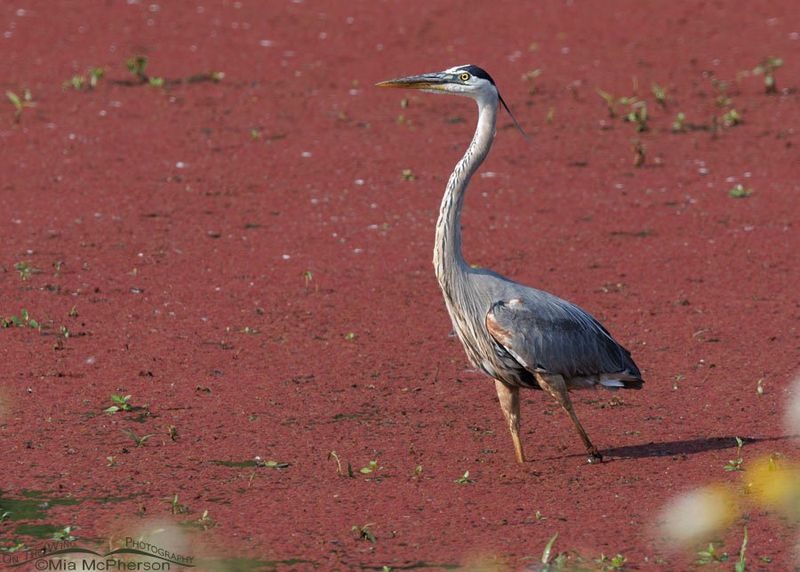
Prehistoric-looking sentinels stand motionless in shallow waters, their slate-blue plumage blending perfectly with evening shadows. Standing nearly four feet tall, these patient hunters strike with lightning speed when fish venture too close.
Colonial nesters, they build massive stick nests high in refuge treetops, creating “rookeries” that can house dozens of breeding pairs. Their distinctive silhouettes have become iconic symbols of wetland health.
Great Egrets
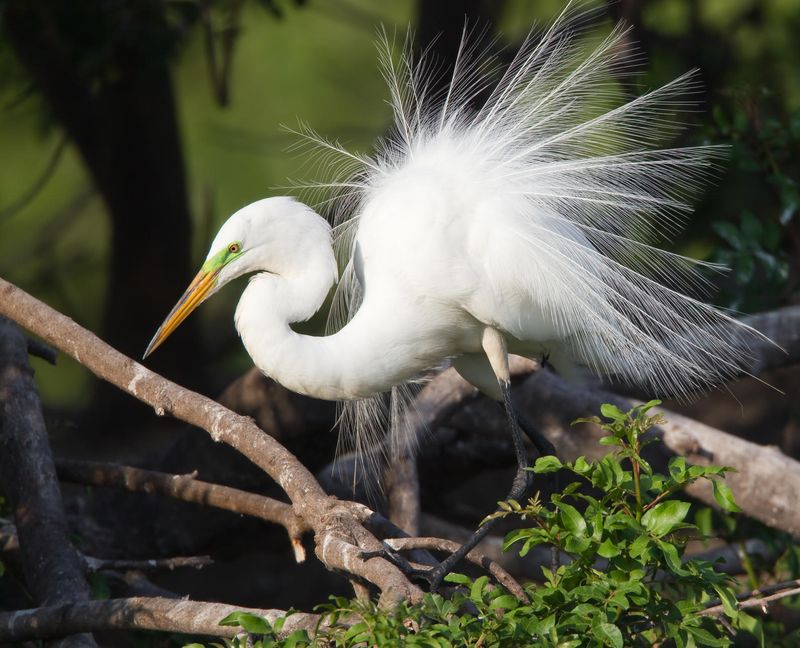
Pristine white figures emerge like ghosts from morning mist, their slender yellow bills and black legs creating striking contrasts against snowy plumage. Once hunted to near-extinction for their elegant breeding plumes, these magnificent birds symbolize conservation triumph.
Slow, deliberate hunters stalk the shallows with graceful precision. During breeding season, delicate aigrette feathers cascade down their backs like flowing bridal veils.
Snowy Egrets
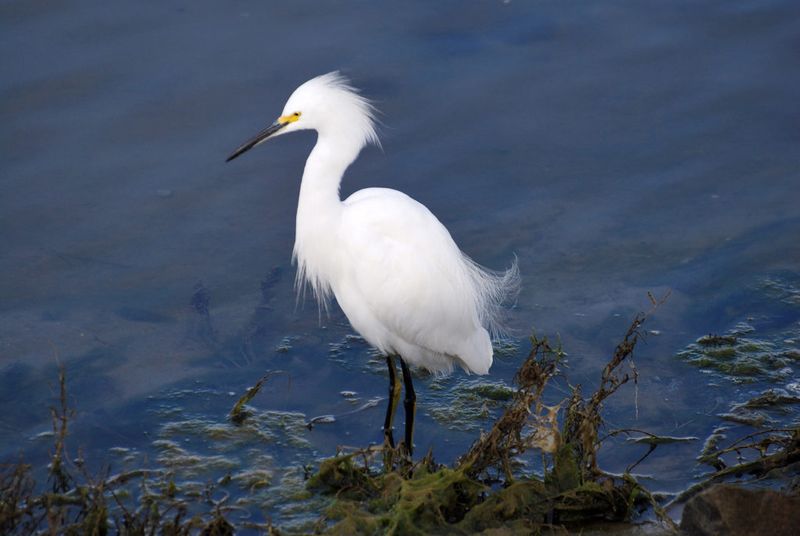
Golden slippers peek from beneath pristine white feathers as these medium-sized egrets dance through shallow waters. Their distinctive yellow feet seem almost comically bright against their elegant frames.
Energetic hunters employ fascinating “foot-stirring” techniques, rapidly shuffling bright feet to startle hidden prey. Once worth more than gold by weight due to their breeding plumes, their recovery represents one of conservation’s greatest victories.
Little Blue Herons
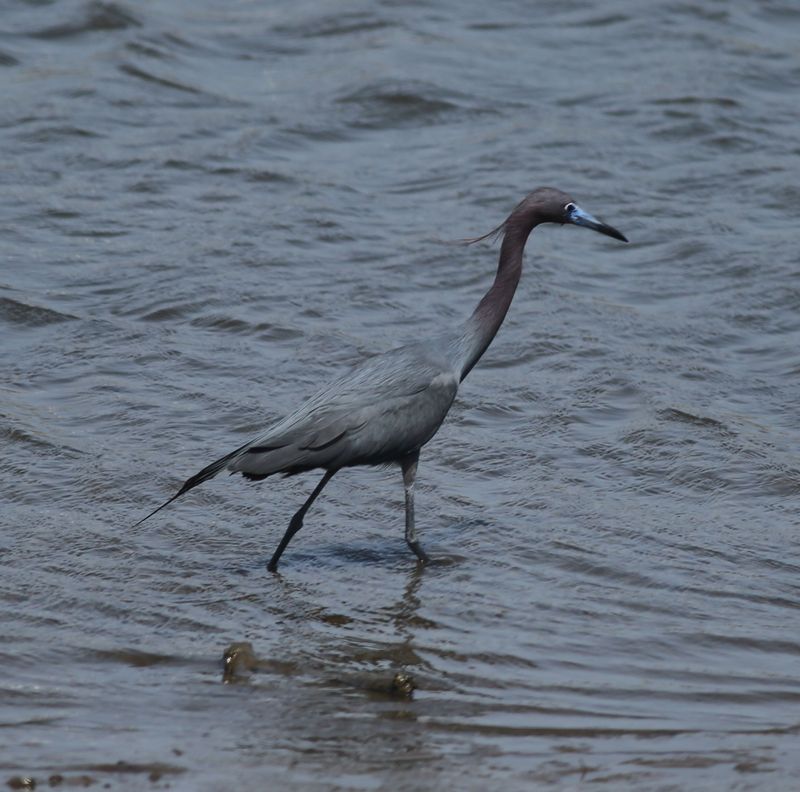
Nature’s transformers undergo remarkable color changes throughout their lives. Juveniles emerge from eggs wearing snowy white plumage nearly identical to snowy egrets, gradually morphing into slate-blue adults with maroon-purple necks.
This clever camouflage strategy allows young birds to feed alongside other white egrets without triggering territorial aggression. Their methodical hunting style involves slow stalking rather than the frantic energy of their egret cousins.
Green Herons
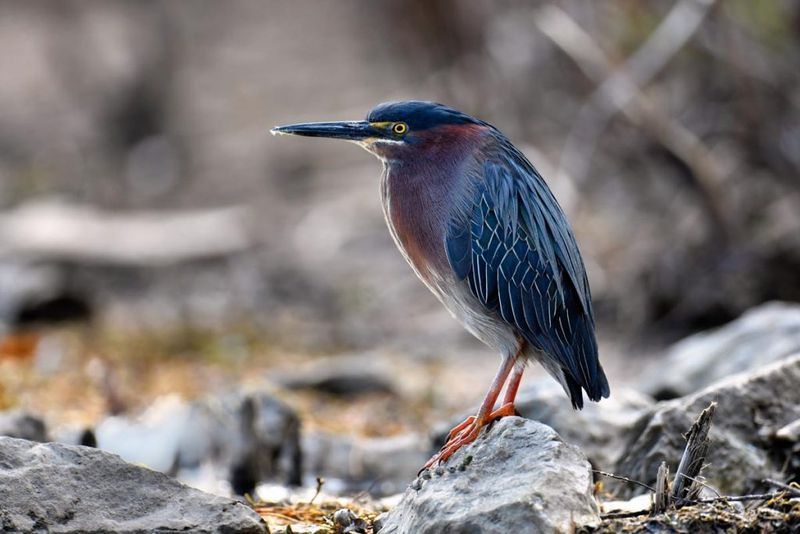
Compact geniuses of the heron world, these stocky birds showcase remarkable problem-solving skills. Observers have documented them using bread crusts, insects, and feathers as fishing lures to attract prey within striking distance.
Their color-shifting plumage appears green, blue, or rusty depending on light angles. When startled, they extend their normally compressed necks to surprising lengths, transforming from squat to sleek in seconds.

